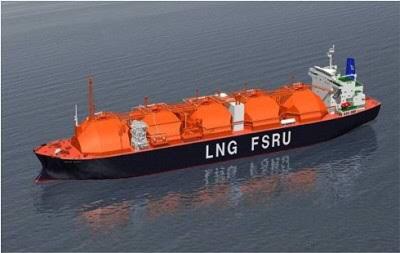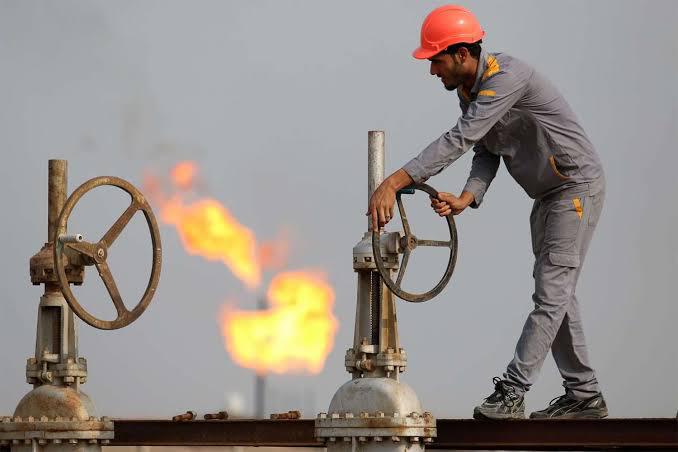In the country’s development strategy for 2020-2030, the Government of Cameroon aims to boost oil exploration to compensate for the drop in production caused by the maturity of the active oil fields. The targeted exploration zones are the Bakassi peninsula and the north of the country.
Over the decade, the government of the West African country wants to develop its oil potential by positioning the national oil company, the National Hydrocarbons Company (SNH), as a strategic operator in the hydrocarbons-refining-petrochemicals sector. The exploration of new onshore basins in the northern part of the country and Bakassi shows the Strategic National Development (SND) will allow Cameroon to maintain the flow of its oil revenues and step-up exploration efforts to increase reserves, maintain and increase production.
It is understood that the SND 2020-2030 will “develop, directly through the SNH and through association agreements with international partners, the exploration and assisted recovery on current productive basins, and ensure that the potential of new onshore basins in the North is fully explored.”
According to an economic analysis note from the French Embassy in Cameroon dated November 2019, oil production, which peaked at 185,000 barrels per day in 1985, only amounted to 69,000 barrels/day in 2018. Over this period, the contribution of the oil sector to GDP increased from 14.5% to 4.7%.
Perenco was quoted in the French Embassy note saying the natural production of Cameroon declines by around 20% per year. Due to specific processes that the Franco-British firm implements which allow the oil to be extracted from mature fields and significant investments made ($750 million in 2018 and $800 million in 2019), the decline has slowed down.


